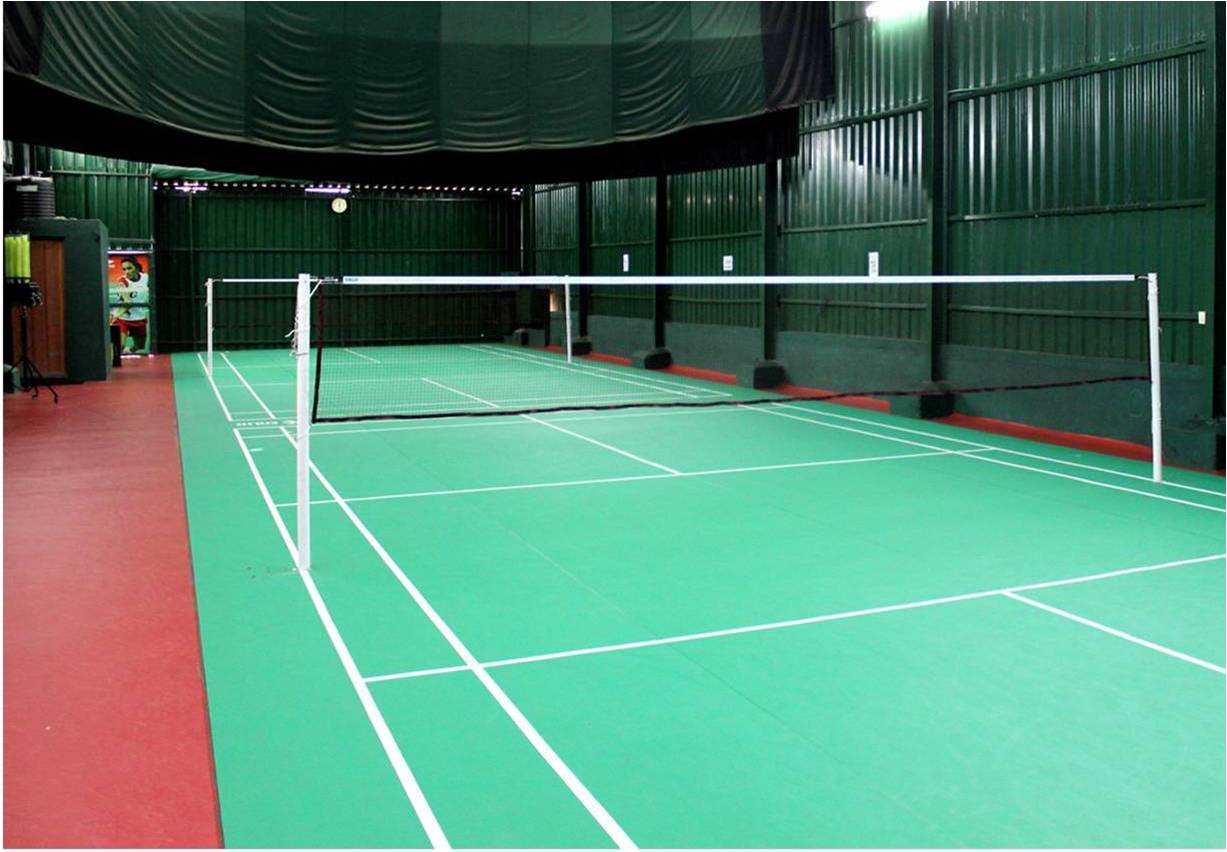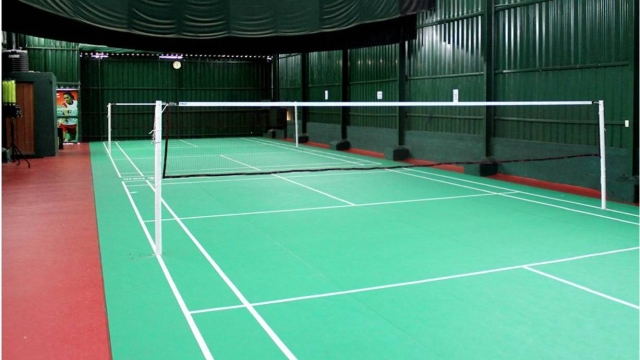In the mesmerizing world of sports, there is a hidden gem that combines grace, agility, and lightning-fast reflexes – badminton. Steeped in history and filled with excitement, the sport of badminton has captured the hearts of players and spectators alike. From the gentle flutter of the shuttlecock to the thunderous strikes of the racket, badminton offers a thrilling experience for both seasoned athletes and budding enthusiasts.
At the heart of this captivating sport are the essential tools of the trade – the badminton rackets. Crafted with precision and innovation, these sleek instruments become an extension of a player’s skill and technique. But it’s not just about the rackets; mastering the art of badminton requires a keen understanding of strategy, footwork, and coordination. Aspiring players delve into a realm where every movement, from the flick of the wrist to the pivot of the body, becomes crucial to achieving victory.
Whether you’re a newcomer stepping onto the court with curiosity or a seasoned player seeking to hone your skills, understanding how to play badminton is the first step towards reaching new heights. From the basic rules and scoring to the various shots and specialized techniques, this comprehensive guide will embark you on a journey to unravel the secrets that lie within the shuttlecock’s flight. So grab your racket, lace up your shoes, and prepare to leap into the world of badminton, where determination meets precision, and where legends are born.
History of Badminton
The origins of badminton can be traced back to ancient civilizations in China, Greece, and India. While the exact beginnings remain uncertain, the sport as we know it today developed in England during the mid-19th century.
In ancient China, a game similar to badminton called "ti jian zi" was played by kicking a shuttlecock made of feathers and a metal base. This game was often enjoyed by the nobility and became popular within the Chinese imperial court.
Similarly, the ancient Greeks played a game called "battledore and shuttlecock," where a small feathered object was hit back and forth with wooden paddles. This activity was seen as an entertaining pastime and a way to keep fit.
However, it was the British who refined and formalized the game of badminton. British officers who were stationed in India during the 19th century became enamored with a local game called "poona," which resembled a primitive version of badminton.
Upon returning to England, these officers introduced the game to their fellow countrymen. The sport gained popularity rapidly, and in 1873, the first badminton club in the world, the Badminton House, was established in Gloucestershire, England.
Badminton
Badminton quickly became a beloved recreational activity among the British upper class. The design of the iconic badminton racket underwent numerous modifications and improvements during this time, as players sought to enhance their playing experience.
The popularization of badminton spread beyond England, with countries such as Canada, Denmark, and the United States adopting the sport. In 1934, the International Badminton Federation (now known as the Badminton World Federation) was formed to govern and regulate the sport on a global scale.
Today, badminton is truly a global sport enjoyed by millions of enthusiasts worldwide. Its history and evolution stand as a testament to the enduring appeal of this dynamic and exciting game.
Please prompt for the next section.
Overview of Badminton Rackets
In the world of badminton, having the right racket is crucial for success on the court. With various styles, sizes, and technologies available, choosing the perfect racket can be a daunting task. Whether you are a beginner or a seasoned player, understanding the basics of badminton rackets is essential.
When it comes to badminton rackets, they are specifically designed to meet the demands of the sport. They are typically composed of lightweight materials such as carbon fiber or graphite, allowing players to maneuver swiftly and generate powerful shots. The frame of the racket is aerodynamically shaped to reduce air resistance and enhance speed.
Another key aspect of badminton rackets is the string tension. The tension of the strings can greatly affect the control and power of your shots. Higher string tension provides more control but sacrifices power, while lower tension allows for more power but reduces control. It is essential to find the right balance that suits your playing style and preference.
Additionally, badminton rackets come in different grip sizes to accommodate players with various hand sizes. A comfortable grip ensures better handling and maneuverability during intense rallies. It is recommended to try out different grip sizes to find the one that feels natural and secure in your hand.
Understanding the features and specifications of badminton rackets is crucial for every player, as it directly impacts their performance on the court. Having the right racket can make a significant difference in your game, allowing you to unleash your full potential and enjoy the exhilarating sport of badminton to the fullest.
Mastering the Basics: How to Play Badminton

In order to excel at badminton, it is crucial to grasp the fundamentals of the game. With a proper understanding of the basic techniques and strategies, you can elevate your skills on the court.
First and foremost, the grip is an essential aspect to focus on. Holding the badminton racket correctly can significantly impact your performance. Ensure that you hold the racket with a firm yet comfortable grip, allowing for flexibility and control during shots.
Next, footwork plays a vital role in maneuvering around the court swiftly. Develop good footwork habits by practicing quick directional changes and precise positioning. Maintaining a wide stance and being light on your feet will enable you to react swiftly to your opponent’s shots.
Lastly, mastering different shot techniques helps in varying your gameplay. Familiarize yourself with the various shots like clears, smashes, drops, and drives. Each shot has its own purpose, and being able to execute them accurately can give you a competitive edge.
Remember, practice is key to honing your badminton skills. Dedicate time to improving your grip, footwork, and shot techniques to become a formidable player on the badminton court.

